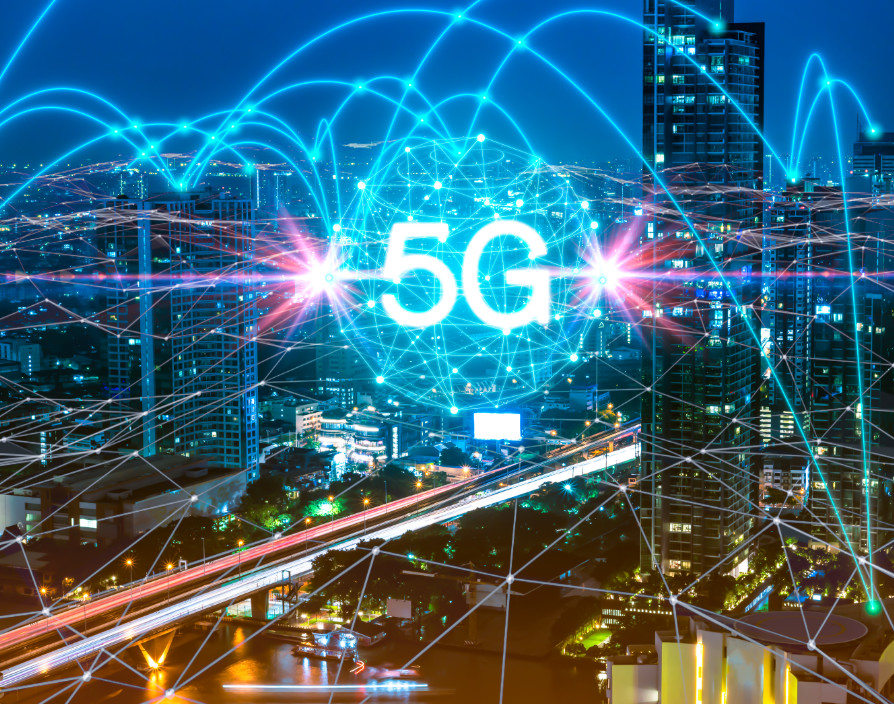Most people would probably agree technological progress over recent years has been fairly spectacular. But which of those technologies have really changed the world?
I can get very enthusiastic about the idea of a slightly faster plane or a robot that can make you a cup of coffee. I like innovations of that kind, but let’s be honest: they are unlikely to catapult the world into a new phase of development.
Fire, the wheel, agriculture, printing and the internet are examples of technologies that have moved human society into a new phase. We refer to breakthroughs of this kind as ‘general purpose technologies’. Each of them genuinely did change the world. They fundamentally improved the daily lives of people who lived at the time. Whoever was born in an age when the wheel, printing or the internet already existed cannot imagine how people ever lived without them.
Today, we are standing on the eve of the breakthrough of not one but four general purpose technologies. Individually, each of these four technologies has the potential to change every sector. Together, they will generate a flow of new innovations, the like of which the world has never seen.
5G: More than just faster internet
5G is the next generation of mobile internet connection, and we’re told that by 2024, some 65% of the world’s population will have access to this new technology.
Put simply, you could say that 5G is faster and more reliable than 4G. But that sounds too incremental, whereas in reality the changes 5G will bring are radical ‘ the ‘Internet of Things’ will truly take off, the additional connectivity will transform many industries, cities will also become truly ‘smart’ for the very first time and the network will become an essential component for the effective operationalisation of self-driving cars.
In terms of customer experience, 5G will facilitate further improvements through automated and invisible interfaces, removing the customer from the decision-making process for routine purchases.
5G also has an important role to play in pushing open the door to ‘mixed reality’ ‘ imagine a kind of virtual layer superimposed on a city, further blurring the lines between ‘online’ and ‘offline’.
Artificial intelligence
When I was ten years old, one of my childhood dreams came true ‘ I was given the opportunity to sit behind the steering wheel of my absolute hero: KITT from the TV series Knight Rider. For its time, Knight Rider was highly futuristic, and while today’s cars cannot yet jump over obstacles in their path, science fiction is increasingly becoming science fact.
Today, every consumer has come into contact with artificial intelligence, whether they know it or not. Every time you open Facebook algorithms decide what you get to see, if you log onto Netflix, artificial intelligence compiles the initial menu of suggestions.
Smart computers and algorithms are also playing an increasing role in customer service, now
analysing the emotions in customers’ voices, so that the contact centre operative can respond more appropriately ‘ the quicker the operative can identify the customer’s emotion, the bigger the chance that the conversation will be a success. For the customer, this use of artificial intelligence is completely invisible, so without being aware, you may have already fallen ‘victim’ to it!
Every consumer has habits and patterns of behaviour. As soon as a certain pattern has been identified, technology can accurately predict that consumer’s likely future actions. As a result, a wide range of processes will become more efficient and more user-friendly than they are today.
At the end of this evolution, the effort that needs to be made by the customer in the purchasing and service processes of many thousands of products will have been reduced to zero. Today, you might need a single click of a mouse, tomorrow a voice command will be sufficient, but the day after tomorrow, the customer will need to do nothing at all.
Quantum computing
The most powerful computer in your possession is your smartphone, but computers of today still make use of exactly the same principles as those of the 1960s. The core of the computer was and still is the transistor, although the transistor itself has undergone a gigantic evolution.
Today, however, scientists are in the process of developing a completely different kind of computer. This new generation of quantum computers will no longer work with bits but with non-binary qubits, so they can store and process much more information.
It is not intended that quantum computers should replace all our existing computers at home or in the office. These super-powerful machines will be used to solve large and extremely complex problems. Companies like Google, Microsoft and IBM are currently racing to try and establish ‘quantum supremacy’, the moment when a quantum computer achieves for the first time something a traditional computer cannot do.
Once quantum computers become operational, we will be able to approach immensely complex problems much more effectively than with existing technology. Scientists are keen to explore the impact that quantum computing might have on the world’s more essential problems, such as optimising the power grid to combat climate change. Once we are able to process ever greater quantities of data and test different models simultaneously, society will gain deeper and faster insight into the huge challenges it will face in the decades ahead.
Robotics
On 22 January 1920, more than a century ago, the Czech dramatist Karel Capek was the first person to coin the word ‘robot’. According to the International Federation of Robotics, between 2020 and 2022 some 2 million new industrialised robot units will be installed worldwide ‘ and they will be getting smarter, and more able to collaborate with people.
There is also a strong likelihood that before too long you will have a robot in your home as well: an automatic lawnmower or a robot vacuum cleaner perhaps? The new robot applications are designed to improve both human safety and human efficiency ‘ think for example, of crisis situations, where it is dangerous for humans to physically intervene.
Cooking robots are a real prospect in the near future and in San Francisco there are already several places where you can make use of a coffee robot. The medical world will also increasingly make use of robots and in January 2019, a Chinese surgeon carried out the first ‘at distance’ operation from 50km away, assisted by a robot and a 5G connection.
The ultimate fantasy for many people is, of course, the multi-functional, personal household robot. Sadly, this is still some way off and most of today’s domestic robots have a very specific functionality, but in January 2020 at the largest electronics trade fair in the world, Samsung launched Ballie, which is intended to be a kind of household assistant ‘ rolling around your home, keeping an eye on everything, organising other domestic robots. If Ballie sees crumbs on your carpet, it will order the vacuum robot into action. If the TV is still playing when Ballie notices you are no longer at home, it will arrange for it to be turned off. And if the temperature in your living room is too high, Ballie will ensure that the heating is turned down and/or the curtains drawn.
The mature smartphone curve
5G, artificial intelligence, quantum computing and robotics. Four technologies with the potential to radically change society and customer relations within the next ten to fifteen years. But exactly how will this evolution take place? And what will the consequences be?
All four technologies are only at the very start of their development. The situation is reminiscent of 2007, the year in which the iPhone first came onto the market ‘ how you used your smartphone at the beginning was very probably very basic, but today you cannot imagine life without it!
“
Share via:








































